Your bedroom should be a peaceful place where you can rest, recharge, and feel connected. But what if something in your room was working against these goals? Did you know that the rug under your feet could be one of the most important tools for creating good energy in your bedroom? A well-chosen and properly placed feng shui bedroom rug can help steady the room's energy (called Qi), create stability, and make you feel more calm and close to your partner.
This guide will take you through everything you need to know. We will explore why a rug is so important in feng shui, learn the basic rules for choosing one—including where to put it, what color to pick, what shape works best, and what material to choose—and learn advanced ways to customize your space. By the end, you'll know exactly how to choose a rug that doesn't just make your room look nice, but actually helps you feel better.
Why Rugs Are Powerful

In feng shui, objects are more than just things you can touch; they can direct and hold energy. A bedroom rug is a perfect example. It's not just a soft place for your feet, but an important tool for creating a stable and peaceful environment where you spend about eight hours every day. Understanding what it does is the first step toward using its power.
Keeping Your Energy Steady
Think of your bed in a room with bare floors. Energy-wise, it can feel like it's floating in the middle of an ocean. A rug works like a ship's anchor. It marks out the space directly under and around your bed, making the furniture feel more secure and, more importantly, keeping your personal energy steady while you sleep. This steadying effect is very important for deep, refreshing rest. Without this anchor, your energy can feel scattered and unsettled, leading to a night of tossing and turning. The rug creates a contained energy area, like a calm island where your body and mind can truly recharge.
Creating Clear Boundaries
A rug is a powerful way to mark boundaries both visually and energetically. It separates the "rest and connection" area from other activities that might happen in your bedroom, such as working, reading, or exercising. This separation is very important. It sends a clear message to your subconscious that when you are on the rug, you are in a space meant for sleep and closeness, helping you mentally switch off from the day's stress. For couples, a large rug that goes under the bed and both nightstands creates a unified base, energetically bringing the partners together and creating a sense of shared space and connection.
The Four Main Elements
Choosing the right feng shui bedroom rug requires careful thinking. It involves balancing four key areas: where to place it, what color to choose, what shape works best, and what material to pick. While all are important, they follow an order. Proper placement is the most important foundation that the other choices are built on.
Element 1: Where to Place It
Where you put your rug is the most important decision you will make. Wrong placement can cancel out the benefits of even the most perfectly chosen rug. The goal is to create a stable, surrounding foundation for the bed.
-
The Anchor Method (Best Choice): This is the gold standard for feng shui bedroom rugs. The rug goes under the bed, covering the bottom two-thirds. It should stick out at least 18-24 inches (45-60 cm) from the sides and the foot of the bed. This creates a generous, soft landing for your feet in the morning and visually anchors the bed, making it feel solid and secure.
-
The Island Method (For Smaller Rooms): If your room is too small for a large rug, you can create a similar steadying effect with smaller pieces. Place two matching narrow rugs on each side of the bed. This makes sure both partners have a soft, steadying surface to step onto. Another option is a single, rectangular rug placed at the foot of the bed, which can help steady the energy, though it's less surrounding than the full anchor method.
-
What to Avoid: Never place a rug only under the front two legs at the foot of the bed. This creates an energy imbalance, making the bed feel like it's tipping forward and creating a sense of instability that works against rest.
Element 2: Colors
Color is a form of energy with its own frequency. In feng shui, we use the Five Elements system—Earth, Metal, Water, Wood, and Fire—to choose colors that support our goals for a space. This system is based on how elements naturally work together: Wood feeds Fire, Fire creates ash (Earth), Earth contains Metal, Metal carries Water, and Water nourishes Wood. Choosing colors that align with this natural cycle creates harmony.
For a bedroom, the main goals are rest, healing, and connection.
| Goal/Energy | Related Element | Main Colors | Feng Shui Meaning |
|---|---|---|---|
| Stability & Nourishment | Earth | Sandy beiges, soft yellows, warm creams, earthy browns | Grounding, stabilizing, and nurturing. The best all-around choice for a bedroom. |
| Calm & Reflection | Water | Muted blues, charcoal, soft black (used sparingly) | Promotes peace, wisdom, and a gentle flow of energy. Use carefully to avoid a "cold" feeling. |
| Freshness & Growth | Wood | Soft greens, light tans | Encourages healing, vitality, and gentle growth. Excellent for health and family harmony. |
| Clarity & Rest | Metal | Off-whites, light grays, soft metallics | Brings qualities of precision and clarity. Can feel sterile if overused, but good for a clean, crisp feel. |
| Passion & Romance | Fire | Deep reds, rich pinks, soft corals (as accents) | Stimulates passion and energy. Use as an accent color in patterns, not as the main color, as it can be too active for sleep. |
Element 3: Shapes
The shape of your rug also relates to the Five Elements and influences the room's Qi. For a bedroom, stability is most important.
-
Square/Rectangular (Earth Element): This is the most recommended shape for a bedroom rug. The straight lines and clear corners promote balance, stability, and grounding energy. It reflects the stable energy of the Earth element, making it the ideal choice to place under a bed.
-
Round/Oval (Metal Element): A round rug can promote a soft, flowing energy. While this can be helpful, it's generally less grounding than a rectangle. A round rug is better suited for a meditation corner or under a small circular table in the bedroom rather than as the main rug under the bed. Its "Metal" energy can sometimes be too active or "sharp" for a restful space.
-
Irregular/Free-form (Water Element): Shapes that are wavy or uneven relate to the Water element. While visually interesting, they can create a sense of instability and chaotic energy flow directly under the space where you sleep. These are best avoided for the main bedroom rug.
Element 4: Materials
The final element is the material of the rug. This choice directly connects to how the space feels, both physically and energetically. Natural materials are always preferred in feng shui as they carry vibrant, living Qi that synthetic materials lack.
-
Recommended Materials: Wool and cotton are the top choices. They are natural, breathable, and feel wonderful under your feet. Wool, in particular, is known for being durable, soft, and grounding. A thick wool rug has substantial weight and texture that feels naturally calming and luxurious.
-
Use with Care: Synthetic materials like polyester, nylon, and polypropylene may be budget-friendly and easy to clean, but they are energetically lifeless. They lack the grounding life-force energy of natural fibers.
The touch experience is an important part of the rug's feng shui. Imagine waking up and the first thing your feet touch is a thick, warm, natural wool rug. That simple, grounding sensation sets a calm and positive tone for your entire day. Compare that with stepping onto a thin, cold, or scratchy synthetic rug. The experience sends a subtle but jarring signal to your nervous system. The material truly matters.
Advanced Rug Methods
Once you've mastered the four elements, you can begin to add more advanced techniques to fine-tune your bedroom's energy for a truly personalized feel. These methods allow you to align the space not just with general principles, but with the specific layout of your room and your personal energy.
The Bagua Map
The Bagua is the energy map of your space. You can place this three-by-three grid over the floor plan of your bedroom to identify which life area your bed falls into. The entrance to the room aligns with the bottom of the grid (Knowledge, Career, or Helpful People).
For example, if you stand at your bedroom door looking in, the far-right corner is the Relationship corner (Kun). The far-left is the Wealth corner (Xun), and the near-left is the Knowledge corner (Gen).
- If your bed is in the Relationship corner, a rug in earthy or pink tones (Earth and Fire elements) will enhance romance and connection.
- If your bed is in the Health area (the center of the room), a square, earth-toned rug is perfect for promoting stability and well-being.
- If your bed is in the Knowledge corner, a rug with blue or black accents can support reflection and wisdom.
The Art of Layering
Layering rugs is a sophisticated way to add texture, depth, and multiple layers of intention. This technique allows you to combine the properties of different materials, shapes, and colors.
A common and effective strategy is to start with a large, flat-weave base rug made of a natural fiber like jute or sisal. This establishes a strong, grounding Earth element foundation. On top of this, you can layer a smaller, more plush rug in a specific color to activate a desired energy. For example, a large jute rug (Earth) layered with a smaller, soft wool rug in a muted blue (Water) can create an environment that is both grounding and deeply calming.
Your Kua Number
For the ultimate level of personalization, you can consider your Kua number. This number, calculated from your birth year and gender, identifies your personal beneficial and harmful directions and elemental connections. You can easily find your Kua number using an online calculator.
People are divided into two groups: East and West.
- If you are an East group person (Kua numbers 1, 3, 4, 9), you are most supported by the elements of Water, Wood, and Fire. Rugs with colors like blue, green, and soft reds, and shapes that are rectangular or slightly wavy, will be especially nourishing for you.
- If you are a West group person (Kua numbers 2, 5, 6, 7, 8), you are supported by Earth and Metal. Rugs in earthy tones, whites, and grays, with square or round shapes, will be most beneficial.

This is an advanced layer to consider after the basic principles are in place, but it can make a significant difference in how personally supportive your environment feels.
A Real Example
Learning theory is important, but seeing the principles in action provides true understanding. At THE QI FLOW team, we frequently work with clients whose sleep and relationship issues can be traced directly back to the energy of their bedroom, and the rug is often a key factor.
The Problem
We were asked to help a client, "Sarah," who was struggling with restless sleep and a growing sense of disconnection from her partner. Her bedroom was large and modern with polished hardwood floors. A beautiful upholstered bed felt like it was "floating" in the middle of the space. Her only rug was a small, 3-foot round synthetic piece with a bright, geometric pattern, placed at the foot of the bed. She loved the look of it, but admitted the room felt "unsettled."
Our Solution
The THE QI FLOW team immediately identified several energy issues.
-
The Problem: The small, round rug was acting as an unstable "Metal" element, and its bright, sharp pattern was too active for a sleep space. Its placement was completely ineffective; it failed to anchor the bed, contributing to the "floating" sensation Sarah described. The synthetic material offered no grounding Qi.
-
The Fix: We recommended a complete change. The goal was to introduce grounding Earth energy to create stability and support the couple's connection. We suggested a large, 9x12 foot rectangular rug made of thick, natural wool.
-
The Color & Placement: Sarah's bed was located in the Relationship (Kun) corner of her bedroom. To enhance this, we chose a rug in a warm, sandy beige color—a classic Earth element tone. We instructed her to place it using the "Anchor" method. The rug now sits under the bottom two-thirds of the bed and extends a full 24 inches on both sides and at the foot, creating a generous and unified foundation that also includes both nightstands.
The Result
Sarah reported an immediate and major shift the first night. The room no longer felt vast and unsettled; it felt "held" and calm. She said the simple act of stepping onto the thick, warm wool in the morning felt like "a quiet moment of self-care." Most importantly, she and her partner felt their bed was now a cozy, defined sanctuary. Her sleep quality improved dramatically, and she felt a renewed sense of closeness and connection in her relationship. This real result shows how a proper feng shui bedroom rug is a powerful tool for change.
Common Mistakes
As you begin your search, it's just as important to know what to avoid. Staying away from these common mistakes will ensure your efforts create positive, supportive energy.
-
The "Tiny" Rug: This is the most frequent mistake. A rug that is too small for the bed makes the entire room feel unbalanced and small. It fails to anchor the bed, leaving the energy scattered.
-
Harsh Colors or Patterns: Rugs with overly stimulating designs, sharp geometric angles (like zig-zags or triangles), or chaotic imagery introduce "sha qi" or cutting energy into the room. This is the opposite of the calm, peaceful energy needed for rest.
-
Bad Symbolism: Be mindful of what abstract patterns might suggest. Avoid patterns that look like jagged lines of conflict, or rugs with obvious water imagery (like waves or fish). While water is a feng shui element, too much of it in the bedroom can "dampen" passion or lead to financial or emotional instability.
-
Old or Damaged Rugs: Rugs absorb a lot of energy. A second-hand rug might carry the stagnant or negative energy of its previous owners. Likewise, a rug that is frayed, stained, or damaged holds broken energy. Always start fresh or ensure an old rug is thoroughly and professionally cleaned.
-
Ignoring How It Feels: Choosing a rug based on looks alone is a mistake. If a rug is scratchy, thin, or cold under your feet, it will send a jarring signal to your body every time you step on it. How it feels is a vital part of its feng shui contribution.
Creating Your Perfect Space
Your journey to a more harmonious bedroom is a process of weaving intention into the very fabric of your space. A feng shui bedroom rug is far more than a piece of decoration; it's a foundational tool for grounding your energy, calming your mind, and nurturing your connections.
Your Rug, Your Sanctuary
Remember the core principles: focus on placement first. Create a solid anchor for your bed. From that foundation, choose your shape, color, and material with intention, guided by the energy you wish to create. Let the Five Elements be your guide, but also trust your instincts. The perfect rug should not only follow the rules of good feng shui but also feel deeply right to you. It should reflect the peace and comfort you want to create.
Your First Step
You don't need to change everything at once. Your journey to a more harmonious bedroom begins with a single intention. Start by measuring your space. Stand in your room and ask yourself what energy you wish to create—is it deeper calm, more vibrant passion, or gentle healing? Let that answer guide your first choice. The perfect sanctuary is built one intentional step at a time.
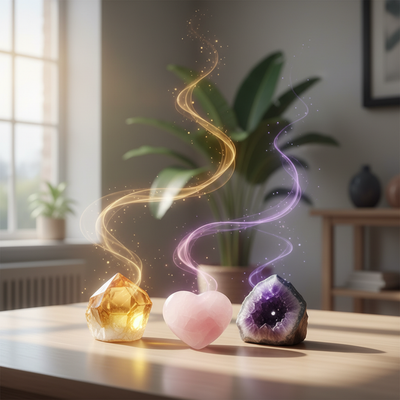
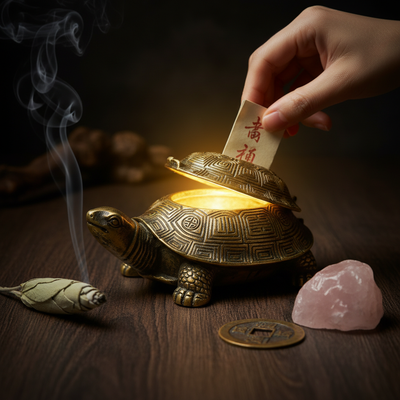
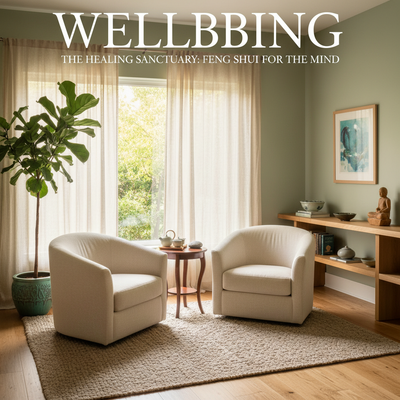
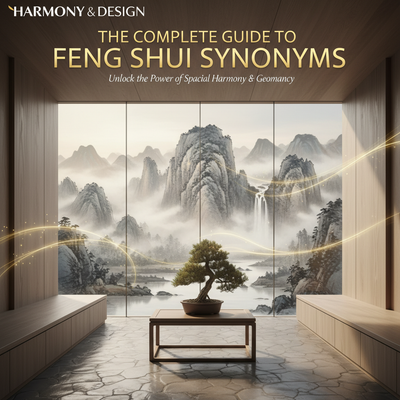

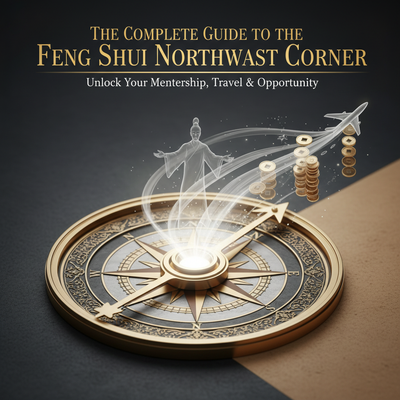
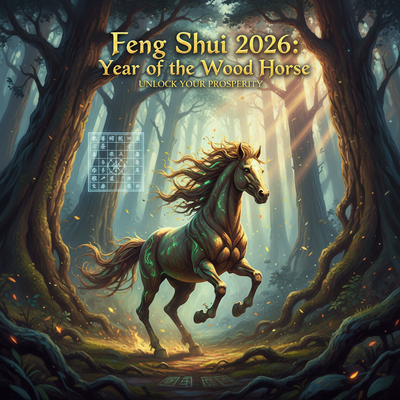
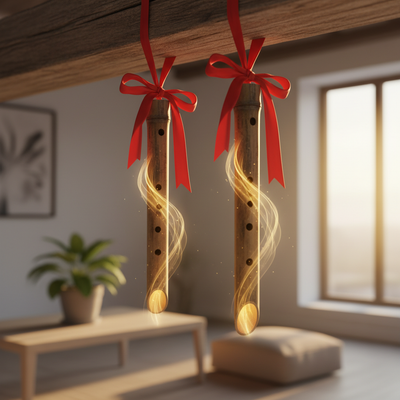
0 comments